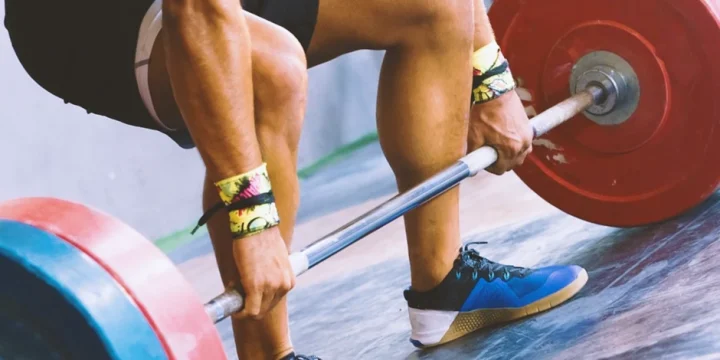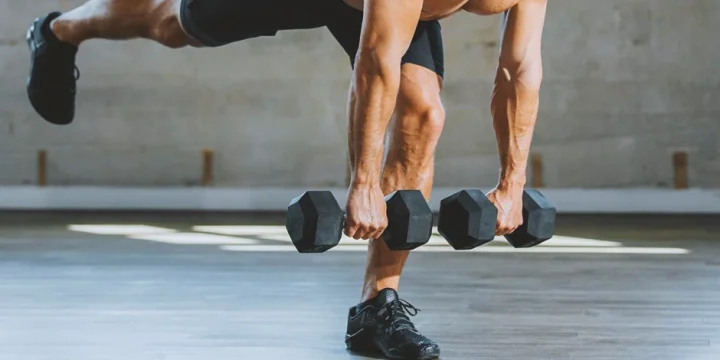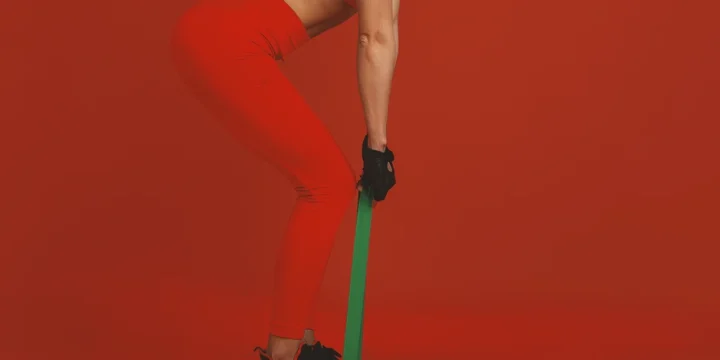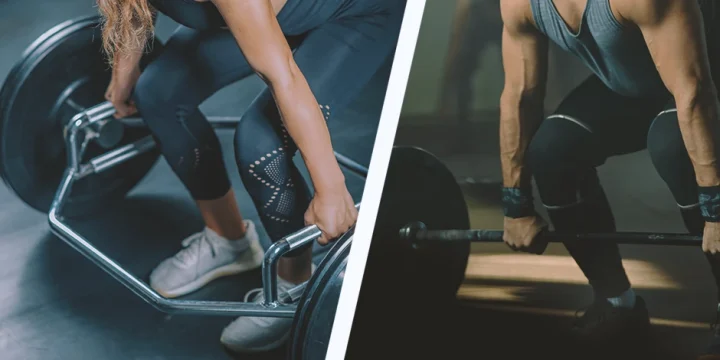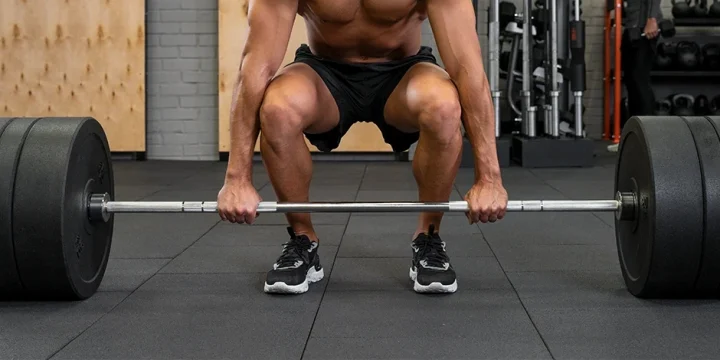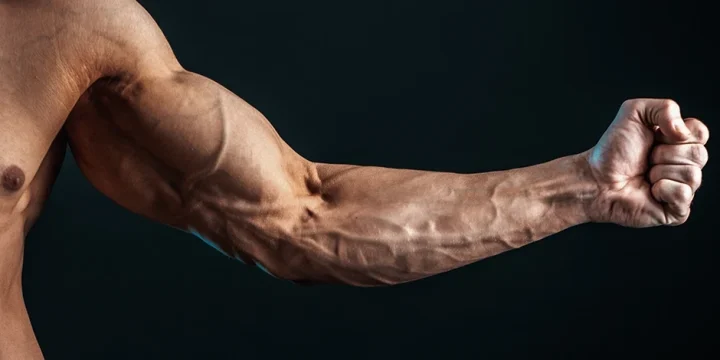When it comes to fitness, focusing on simplicity is key.
I’ve been doing deadlifts as part of my exercises routine and as a personal trainer for two decades.
Whether you’re training for strength or hypertrophy, it’s a great choice because it’s one of those old-school classics that can be incorporated into any workout plan.
Below we’re going to focus on one of my favorites: the stiff-leg deadlift.
Let’s dive right in!
Quick Summary
- To master the stiff-leg deadlift workout, hold the barbell shoulder-width apart, very slightly bend your knees, and squeeze your glutes and lats when standing back.
- Make sure to avoid common mistakes and first try some easier alternatives like the dumbbell stiff-leg deadlift or hex bar stiff-leg deadlift.
- According to a recent study in the Medicine and Science in Sports and Exercise journal, completing five to ten sets of stiff-leg deadlifts per week might be sufficient for attaining gains in muscle size and strength.
- Drawing from my formative years as a personal trainer, the emphasis on proper form in the stiff-leg deadlift has consistently proven to be the cornerstone of sustained progress and injury prevention for both myself and my clients.
Step by Step Instructions

Even though the stiff-leg deadlift (SLDL) has many benefits, if performed in an improper form, it can lead to serious injuries.
So if you're a beginner, it’s recommended to start with lightweights or work with a personal trainer who corrects your form.
Either way, I would recommend you use flat-soled shoes to provide a stable base mimicking a barefoot lifting experience, which is essential for maintaining balance and enhancing calf mobility during the exercise.
Here are the step-by-step instructions to make sure you perform the stiff-leg deadlift correctly:
1 - Starting position.
Stand parallel to the bar and hold the barbell with a double overhand grip (palms facing you). Keep your hands shoulder-width apart, arms straight, and brace your core. Stand feet shoulder-width apart, legs straight.
Bend your knees very slightly, just short of being fully locked. Bring your shoulder blades together, lift your chest, and look straight ahead.
2 - With a slight bend in your knees, lean forward and lower the weight down towards the floor.
Keep your back straight, and lean slightly as far as you feel comfortable without rounding your back.
Make sure the barbell remains close to your shins. Your hamstring flexibility will determine how far you can lean over.
3 - Stand back and squeeze your glutes.
- Contract your lats. Flex at the top.
- Keep your core tight and repeat.
You can experiment with slightly wider and narrower (hip-width) stances until you find what feels best for you.
4 Common Mistakes

1 - Rushing the motion:
Before diving down, take it slow. Rushing through the motion not only hinders gains but also sets you up for injuries, a mistake I learned early in my journey.
Give your hamstrings, glutes, and legs a good stretch as you descend. Slow and steady ensures maximum hamstring activation.
2 - Lifting too heavy:
Skip the heavyweights. Stiff-leg deadlifts aren't for lifting big. Opt for light-to-moderate weights and aim for high reps. Beginners should start with dumbbells until they learn the right form.
3 - Rounding of the back:
No rounded backs are allowed. It heaps stress on your lower back and sets you up for injury. Keep shoulder blades together, engage your core, eyes up, and neck neutral throughout the move. The spine stays still during the SLDL.
4 - Bended knees:
Knees need not be fully locked but should stay firm, living up to the 'stiff' in stiff legs. Once in position, knees stay put; no wiggling is allowed.
How to Add SLDLs to Your Workout
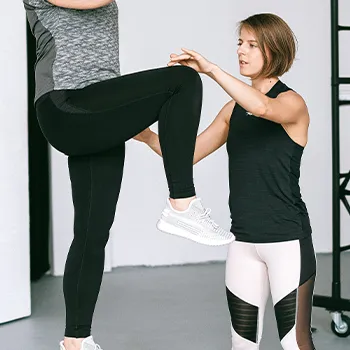
For my clients, I suggest tossing in deadlifts 1 to 2 times a week. Mix up those stiff-leg variations for max results; I'll spill the beans on that later.
If you’re a beginner, try doing dumbbell stiff-leg deadlifts twice a week to perfect your form and build strength.
When you feel ready, move on to the more difficult variations listed below.
According to a recent study published in the Medicine and Science in Sports and Exercise journal, five to ten sets per week might be sufficient for attaining gains in muscle size and strength [1].
Muscles Worked in Stiff-Leg Deadlifts

Stiff-leg deadlifts are a compound exercise that targets all major muscle groups in your body.
The legs are working harder than they would in a conventional deadlift but they aim to minimize the amount of quad engagement by opening up the angle of the knees.
Primary Muscles Worked
- Glutes (Gluteus Maximus): The body's largest muscle, working as the primary hip extender [2].
- Hamstrings: SLDL prioritizes hamstring development, making it a go-to for bodybuilders, influencers, and models seeking aesthetic gains.
- Lower Back Muscles (Erector Spinae): In a PLOS One study, SLDL demonstrated the highest activation in the Erector Spinae compared to other variations [3].
Secondary Muscles Worked
- Apart from the primary muscles, the trapezius, forearms, and middle back kick in to manage the weight's movement.
"This is a really great exercise that isolates your hamstrings. However, you are going to notice that you are going to start to fatigue your lower back as well."
- Scott Herman, Fitness Model
- Core engagement is also a bonus, as the abdominals contract to stabilize your body.
Considering the muscles worked, stiff-leg deadlifts are essential for enhancing hip mechanics, teaching the hip hinge movement effectively, and improving overall deadlift performance while also aiding in identifying and rectifying hip-related issues.
Conventional Deadlift vs. Stiff-Leg Deadlift

The key three differences between the two variations are the following:
1 - Starting Position
Stiff-leg deadlift - standing position with the weight at hip level. From there, the lifter lowers the weight to the ground. Stiff-leg deadlifts are not just about lifting weights; they play a significant role in teaching and improving hip mechanics.
Mastering the hip hinge movement in this exercise can enhance your performance in various deadlift variations and help in identifying and correcting hip-related issues.
Conventional deadlift - the lifter positions the bar over his shoelaces and picks it up from the ground. Here we are pulling with higher hips, less leg drive, and vertical shins, and we are using mainly our back to lift the weight.
2 - Range of Motion
Since you don’t have to go all the way down to the floor, the range of a stiff-leg deadlift is shorter than that of a conventional deadlift.
3 - Leg Posture
Speaking from my years of experience, the clearest difference lies in the legs remaining straight (slightly bent) during a stiff-leg deadlift. This amps up the focus on glutes and hamstrings, hitting those hammies harder than conventional deadlifts.
8 Stiff-Leg Deadlift Alternatives
1 - Romanian Deadlift (RDL)
Romanian deadlift and stiff-leg deadlift are often mixed since the differences between the two are nuances.
According to the Journal of Exercise Science and Fitness, they mainly differ in the degree of knee flexion at the start of the movement and the proximity of the bar to the body [4].
Essentially, the Romanian deadlift focuses more on hip flexion and less on hamstring activation.
Unlike the Romanian deadlift, the stiff-leg deadlift is a barbell pull from the ground and then a controlled drop to the top. The Romanian deadlift uses its loading portion to create a stretch reflex at the bottom.
As far as programming, both the RDL and SLDL are better used for moderate reps until the lifter gets more technically skilled.
Also Read: Romanian Deadlift Benefits
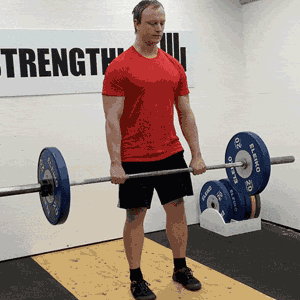
2 - Dumbbell Stiff-Leg Deadlift
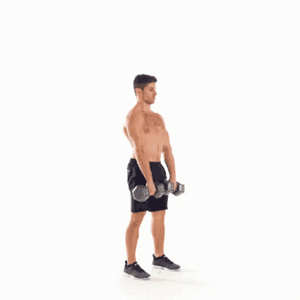
Starting with dumbbells and stiff-leg deadlifts is a smart move for beginners. I've found they're easier to nail than barbell lifts, thanks to the versatile weight ranges dumbbells offer.
A dumbbell stiff-leg deadlift is a great option for practicing form, building muscles, and increasing flexibility.
Boosting up the weight may take some time but mastering your form with dumbbells is much easier than with barbells.
 3 - Landmine Single-Leg Stiff-Leg Deadlift
3 - Landmine Single-Leg Stiff-Leg Deadlift
If you’re rocking the dumbbell stiff-leg deadlift already, this is a great way to challenge yourself. This variation targets the entire posterior chain.
A landmine implement (a barbell anchored to the floor with a weight on the other end) is used to provide a fixed plane of motion for the lifter while challenging the grip strength.
 4 - Kickstand Stiff-Leg Deadlift
4 - Kickstand Stiff-Leg Deadlift
Fantastic for building balance and flexibility in the glutes and hamstrings, a gem I stumbled upon while shaking up my routine.
It’s also a wonderful accessory for the barbell or dumbbell stiff-leg deadlift. The kickstand position can help focus the stretch on each leg separately.
 5 - Cable Single-Leg Stiff-Leg Deadlift
5 - Cable Single-Leg Stiff-Leg Deadlift
The single-leg cable stiff-legged deadlift is an advanced exercise. It targets the hamstrings while also benefiting the glutes using a proper hip-hinging motion.
With the cables, you can create constant tension to get a great pump and build muscle effectively.
 6 - Reaching Single-Leg Stiff-Leg Deadlift
6 - Reaching Single-Leg Stiff-Leg Deadlift
Performed on one leg, this exercise focuses on hip hinge mobility. Great for warm-ups or total beginners.
 7 - Hex Bar Stiff-Leg Deadlift
7 - Hex Bar Stiff-Leg Deadlift
Similar to the dumbbell stiff-leg deadlift, the hex bar version is fantastic for beginners. It's been my go-to for practicing and refining the form of my clients.
 8 - U-bar Single-Leg Stiff-Leg Deadlift
8 - U-bar Single-Leg Stiff-Leg Deadlift
U-Bar allows for better balance and much higher potential loads than a kettlebell, cable, or straight barbell. The weight is centered directly underneath you, along with your center of mass.
FAQs
Are Sldls Considered a Back or Leg Exercise?
SLDLs are leg exercises since they extend the hips and the knees, which recruit the quads, hamstrings, and glutes.
However, since they also activate back muscles, they are also ideal for building back strength.
Do Stiff-Leg Deadlifts Actually Build Muscle?
Yes, they do. Stiff-leg deadlifts build muscle since they do a great job of bulking up the muscles in our back, shoulders, and lower body.
Do Sldls Burn Belly Fat?
SLDLs, combined with a healthy diet, are a great exercise to burn belly fat since they heavily engage your core.
References:
- https://pubmed.ncbi.nlm.nih.gov/30779716/
- https://pubmed.ncbi.nlm.nih.gov/35162922/
- https://www.ncbi.nlm.nih.gov/pmc/articles/PMC7046193/
- https://pubmed.ncbi.nlm.nih.gov/30662500/
About The Author
You May Also Like
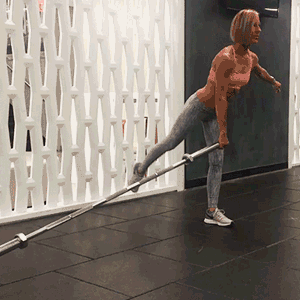 3 - Landmine Single-Leg Stiff-Leg Deadlift
3 - Landmine Single-Leg Stiff-Leg Deadlift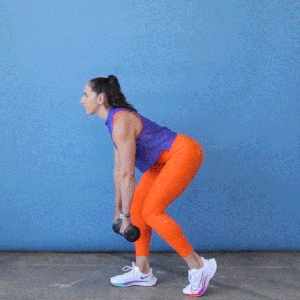 4 - Kickstand Stiff-Leg Deadlift
4 - Kickstand Stiff-Leg Deadlift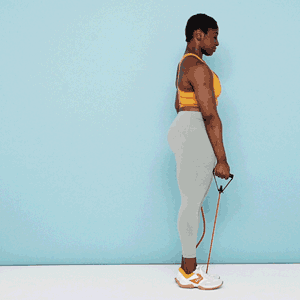 5 - Cable Single-Leg Stiff-Leg Deadlift
5 - Cable Single-Leg Stiff-Leg Deadlift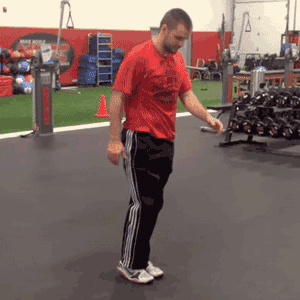 6 - Reaching Single-Leg Stiff-Leg Deadlift
6 - Reaching Single-Leg Stiff-Leg Deadlift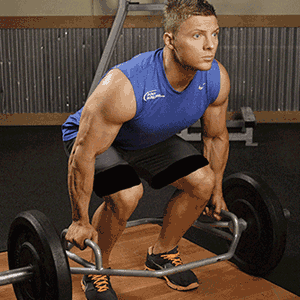 7 - Hex Bar Stiff-Leg Deadlift
7 - Hex Bar Stiff-Leg Deadlift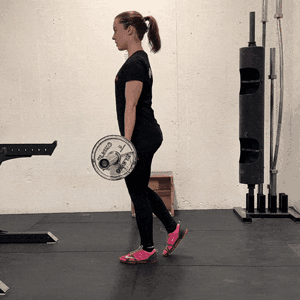 8 - U-bar Single-Leg Stiff-Leg Deadlift
8 - U-bar Single-Leg Stiff-Leg Deadlift